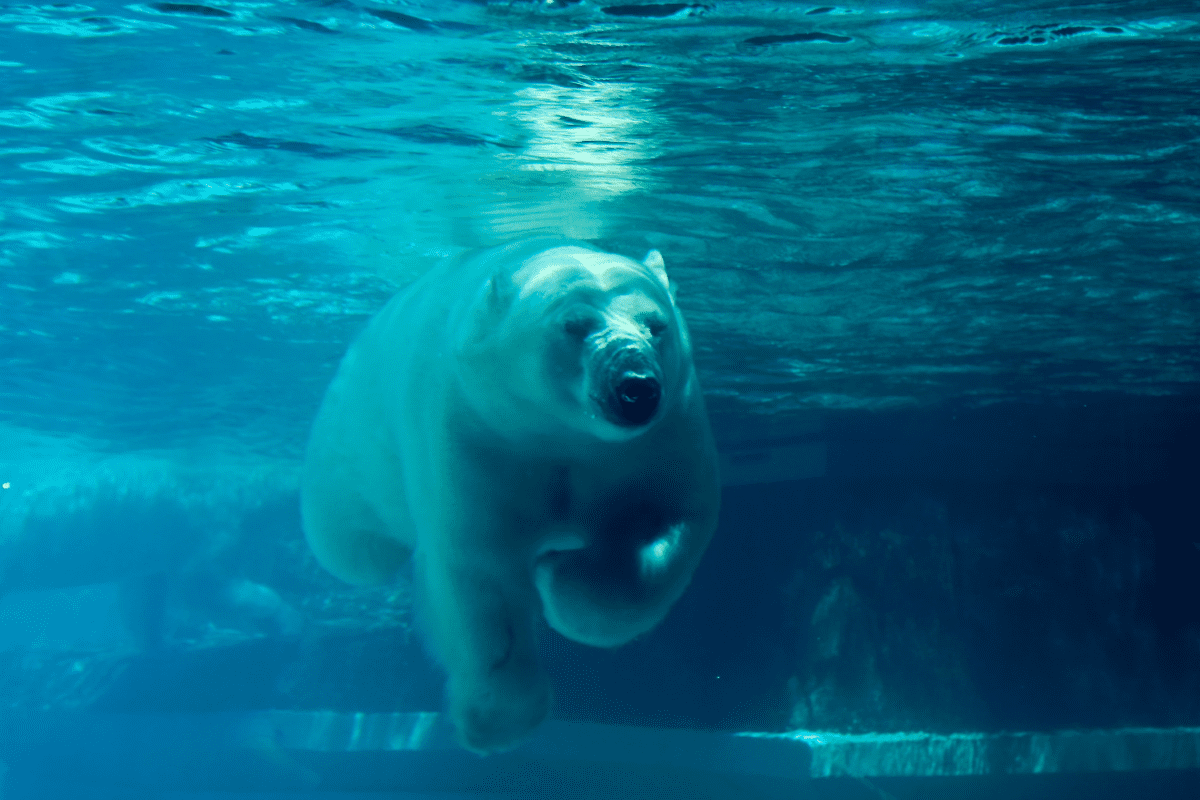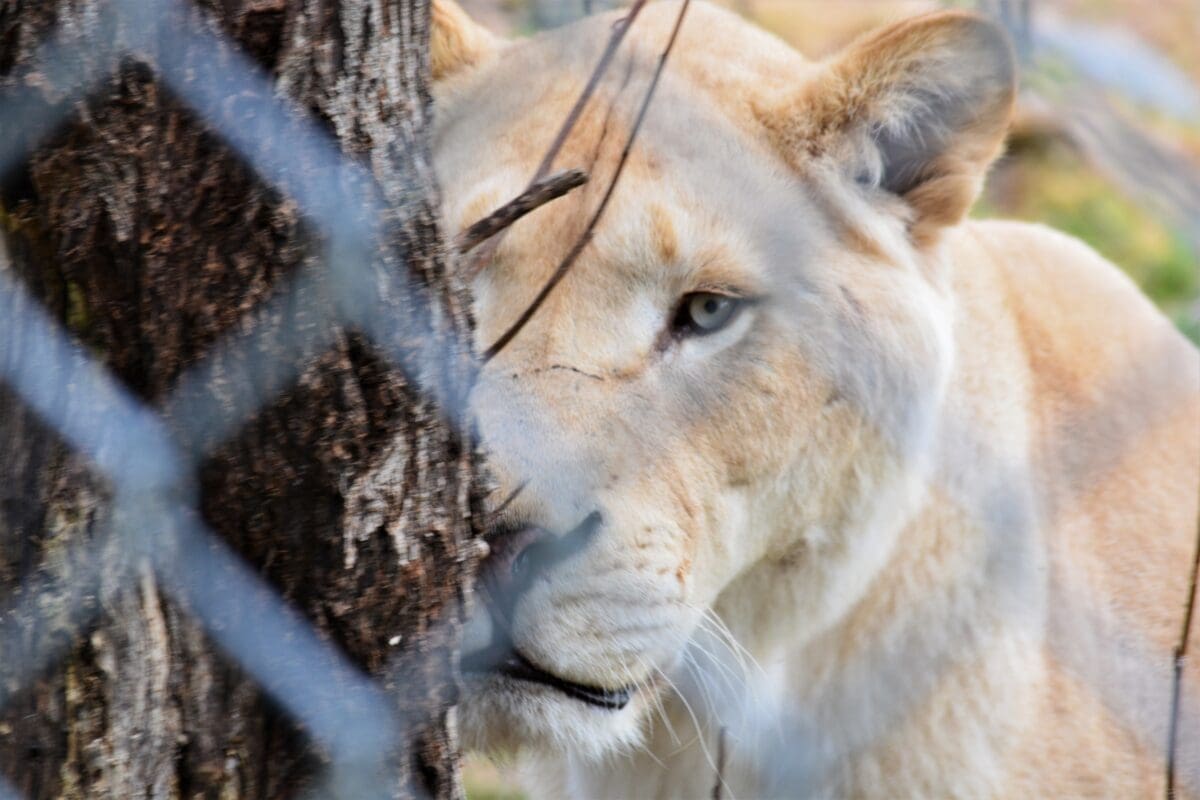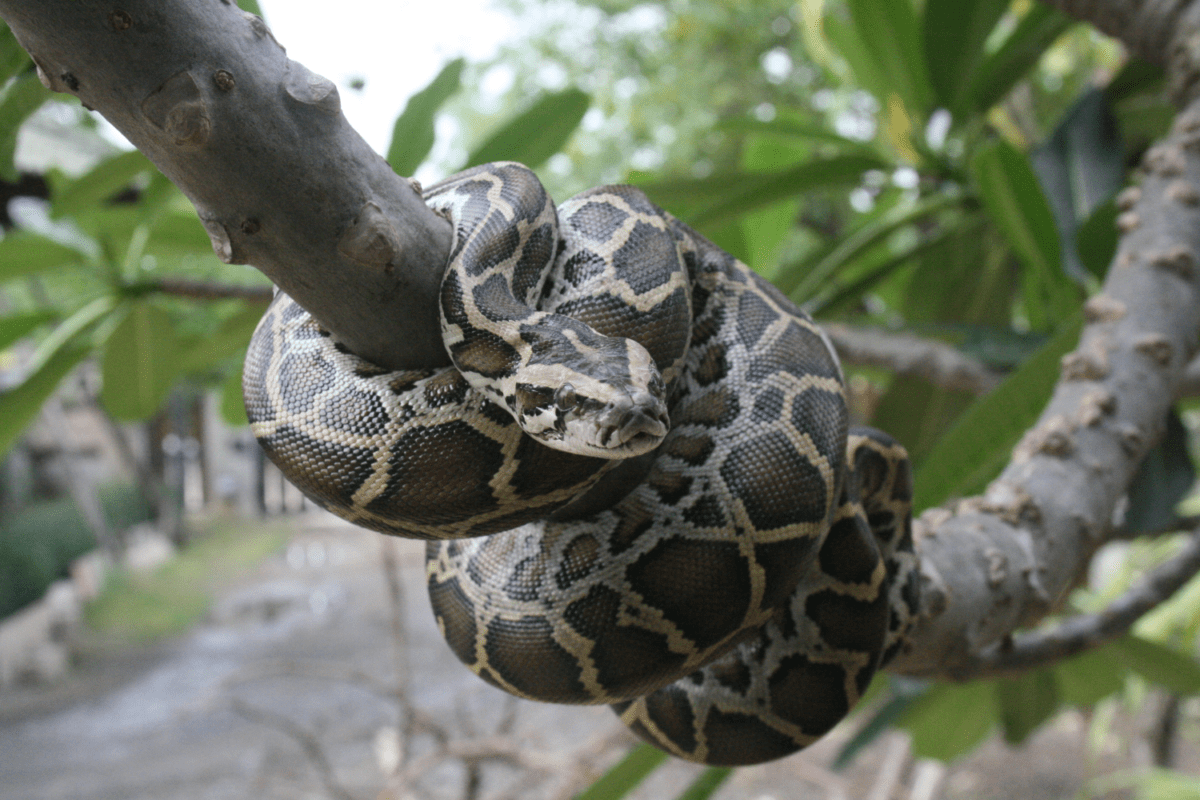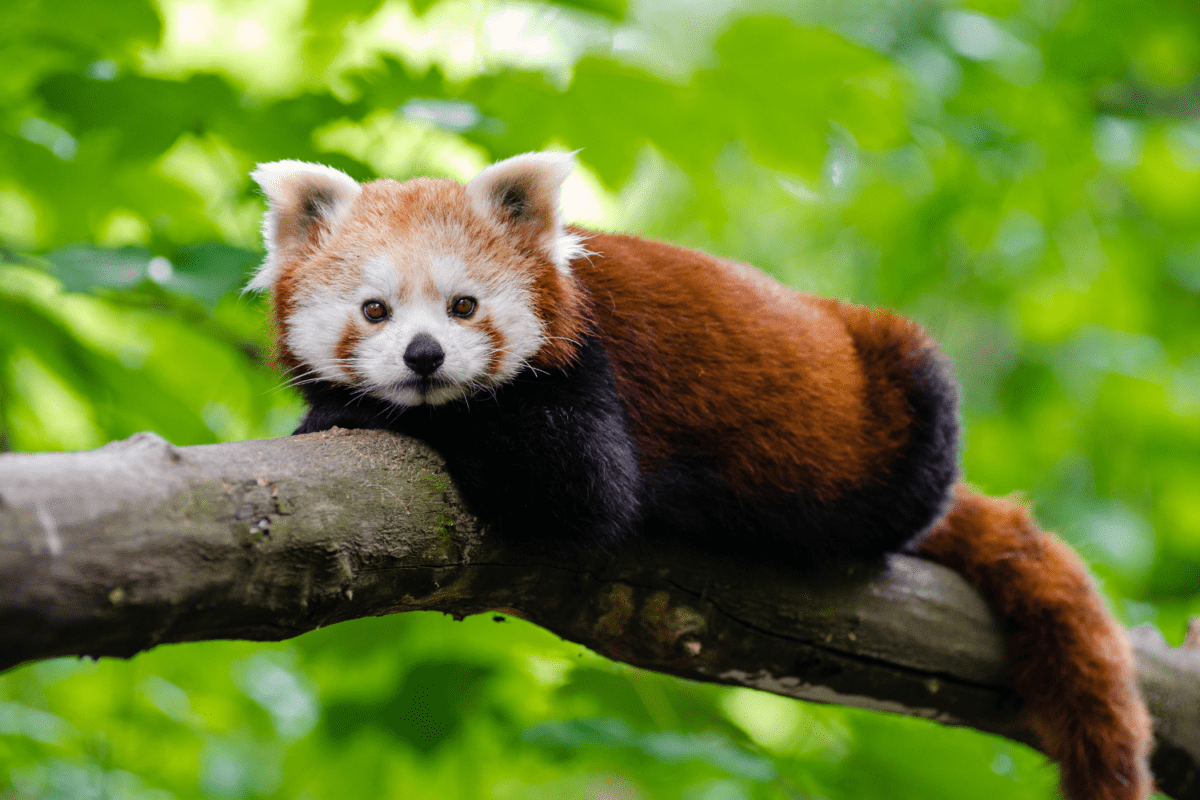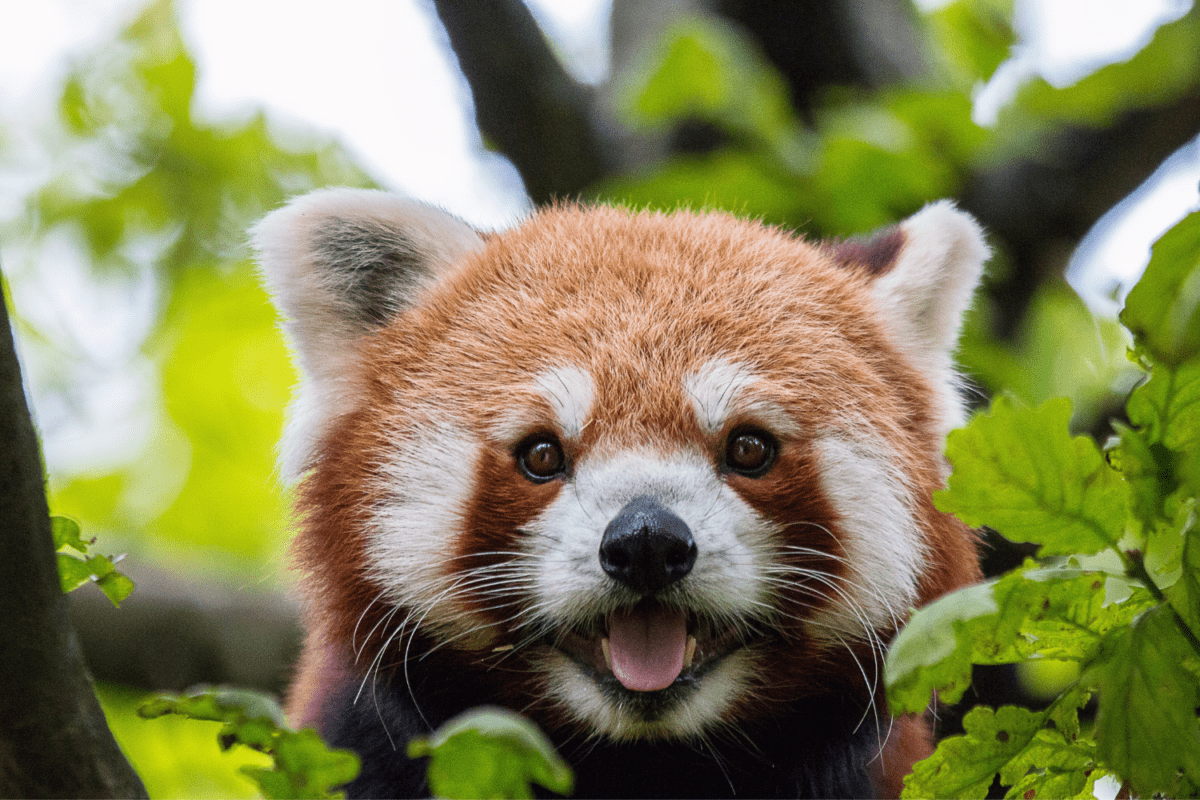Animal advocates continue to call for the Calgary Zoo to stop keeping polar bears after yet another bear has tragically died.
Baffin the polar bear died by drowning Friday, July 19th after he sustained a bite to the throat at the Calgary Zoo.
A long history of problems with the Calgary Zoo’s polar bear enclosures
This is not the first time that concerns have been raised about the Calgary Zoo’s keeping of polar bears.
Earlier this year, Alberta Views published an article by George Colpitts, an environmental historian at the University of Calgary, outlining the fraught history of the zoo’s polar bear enclosures. The piece explores the pattern of poor welfare and incidents that have plagued the zoo’s polar bear enclosures since they opened in 1938.
Dr. Colpitts expressed skepticism that the new exhibit, opened in December 2023, could fully meet the bears’ needs.
Polar bears and other animals show signs of boredom and stress in zoos
The VHS sent a letter to the editor outlining inherent issues with keeping animals such as polar bears, who have complex social, behavioural, and physiological needs, in captivity for the entertainment of the public.
Read the full response on page 3 of the Alberta Views opinions section, and take action to protect animals from suffering in captivity.

